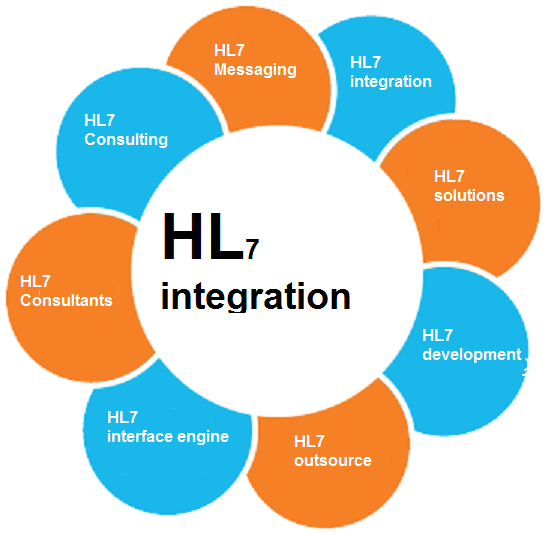The technology is evolving and with it, its use is also increasing. Almost every industry has started to digitalize its business operations and daily workflows. The health sector is no different; they have also started shifting their manual tasks to digital operations. Things like new patient forms, test reports, and health records have become digitalized. And to do these things they are using electronic health record systems. These software applications are created under the guidelines of HL7 standards.
Moreover, as the trend and usage of technology grows, so does the number of smart devices. According to Statista, the number of smartphone users has reached nearly 5 billion. This is why healthcare facilities are offering their patients access to their systems online with the help of their mobile phones. Patients can schedule their checkups through these online portals, send reports, and share health records with their doctors. This has not only improved the performance of the business operations but helped healthcare to serve their patients more efficiently. All these systems, to create similar data, are developed under the rules provided in HL7 data. Read on to learn in detail about the HL7 and its significance.
What are HL7 Standards?
HL7 stands for Health Level-7 and it comprises a set of international standards, rules, and definitions. These standards are used to fetch, process, exchange and transfer medical information between different entities of the same healthcare or between different health care providers. This is usually done through electronic health records (EHRs) systems. HL7 is called so because it focuses on the application layer, also referred to as layer 7.
No patient goes to the same hospital or same doctor and he can’t keep and carry his health records and reports wherever he goes. So, the exchange of patient information between healthcare has great significance. And HL7 has a structure for exchanging and sharing this health care information electronically. Its standards guide healthcare facilities on how that information is exchanged. This includes the language, data type, and structure in which data should be shared.
The Importance of Global Health Standards:
Although almost every healthcare unit is using Electronic Health Record system, yet these systems are developed by different programmers. And this means they may develop their systems in different languages and in different formats. These unique systems can’t communicate with each other and work as isolated systems. But the need of the hour is that the health systems must communicate with each other for the betterment of health care.
Therefore, in order to build systems in the same format and under the same language, healthcare standards were developed. These globally recognized standards help health systems in the process of gathering patient data through new patient forms. The standards also help them in the processing, sharing, and exchange of this data. Furthermore, healthcare standards assess and develop important topics, including leadership, governance, infection prevention and control, and medication management that affect the quality of services that the public receives.
These standards also create a strong structure that the providers, policymakers, and the public can rely on. Especially, it assures high-quality health services where it matters most.
Global standards help health services providers to:
- Improve and assess their quality of health services
- Regulate the type of care that they should offer and also identify gaps in their current systems
- Improve safety in the workplace
- Regulate efficiency
Global standards help the public to:
- Know about the level of quality to ask for from their service providers
- Get feedback on current health services deliverability
- Assure that the health services they are receiving are of high standards
Who Uses HL7?
According to a recent report, nearly 90% of healthcare facilities are now using HL7. However, if we specify the users of the HL7 data, we will group them into three categories. First, clinical interface specialists; this includes people that are responsible for moving clinical data. Second, government or other politically homogeneous entities; encapsulates people that are looking to share data across multiple entities or in future data movement Third, medical informatics; comprises the people who work within the field of health informatics.
The Benefits of HL7 Standard:
HL7 is offering a structured approach to developing fully integrated healthcare applications. It does so by defining the underlying data structure for storing and interchanging healthcare data. HL7 does for healthcare much like Electronic Data Interchange (EDI) standards have done for commercial data.
Moreover, the standards guide the health sector on how data should be packaged for communication purposes between HL7 standards compliant applications. It bounds the data interchange across a variety of stakeholders like centralized healthcare data repositories, mass healthcare installations, including hospitals, and specialized clinical experts.

